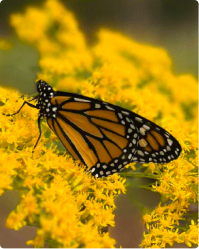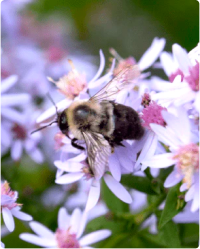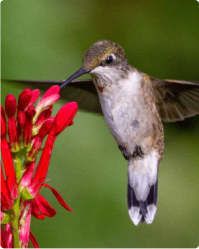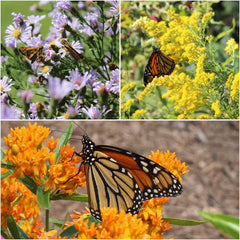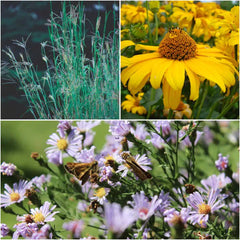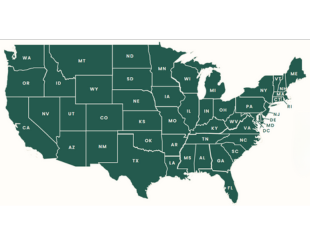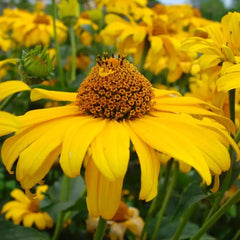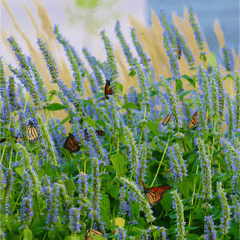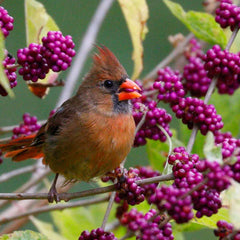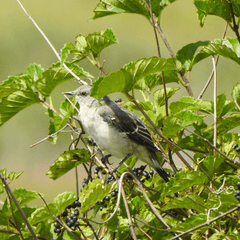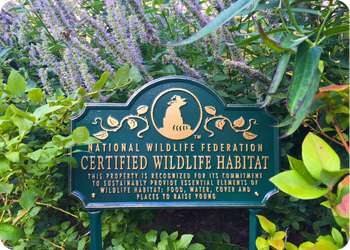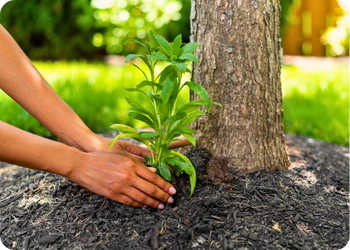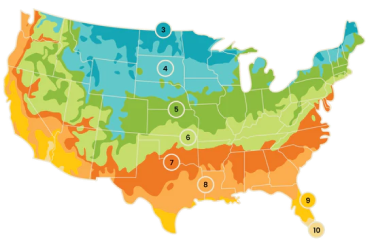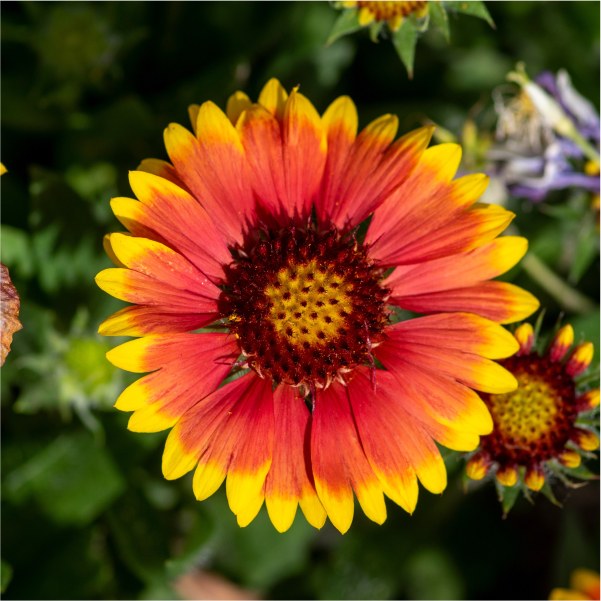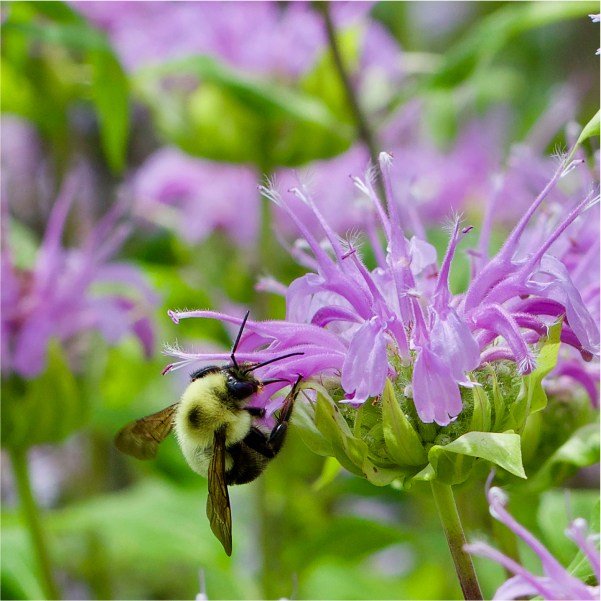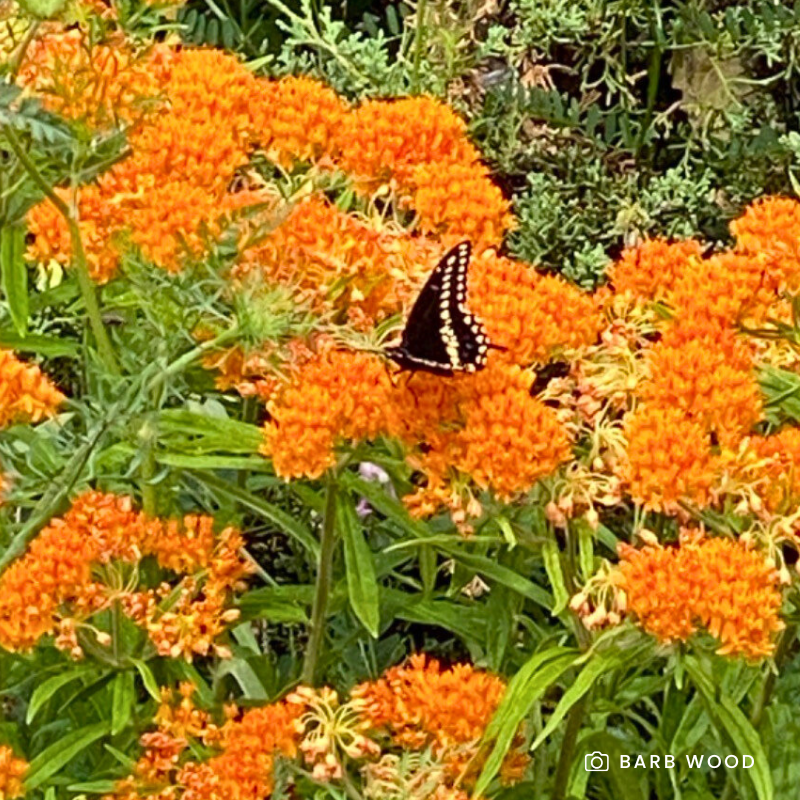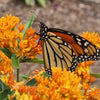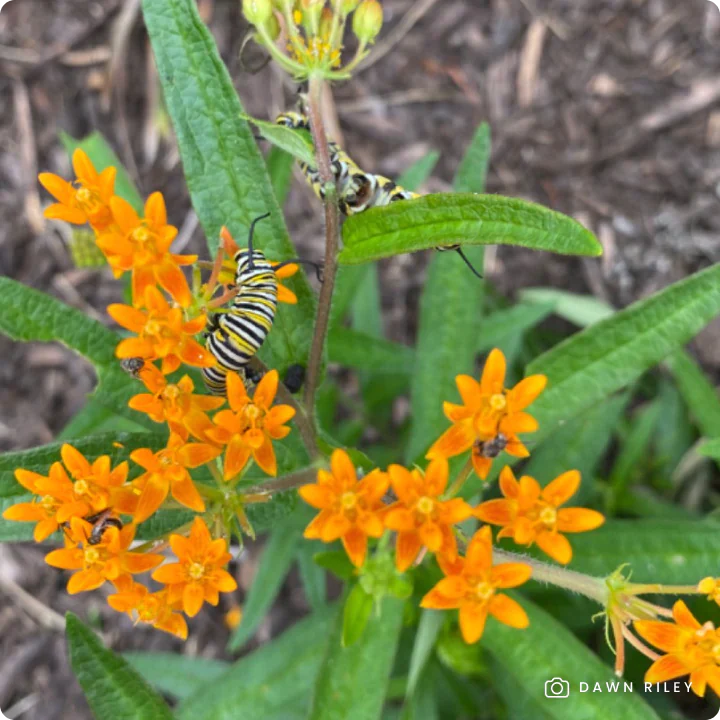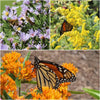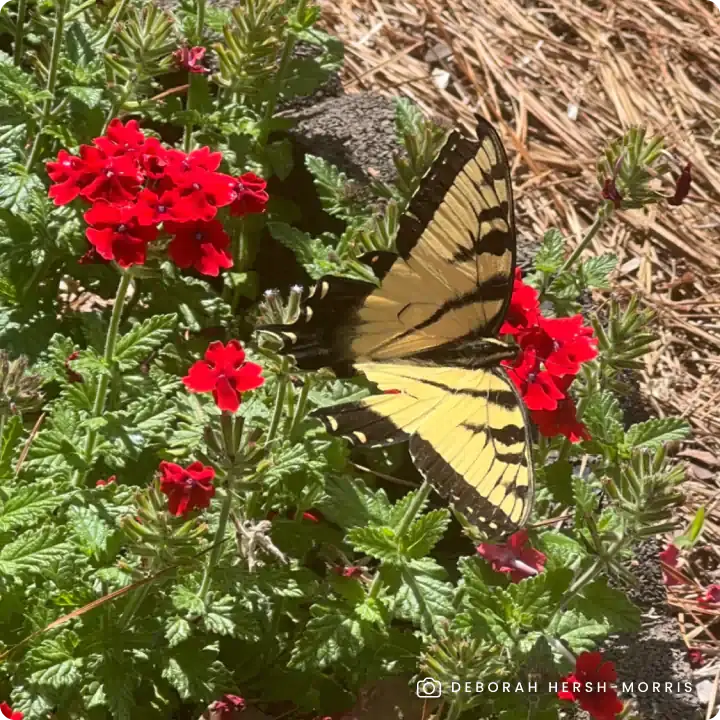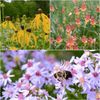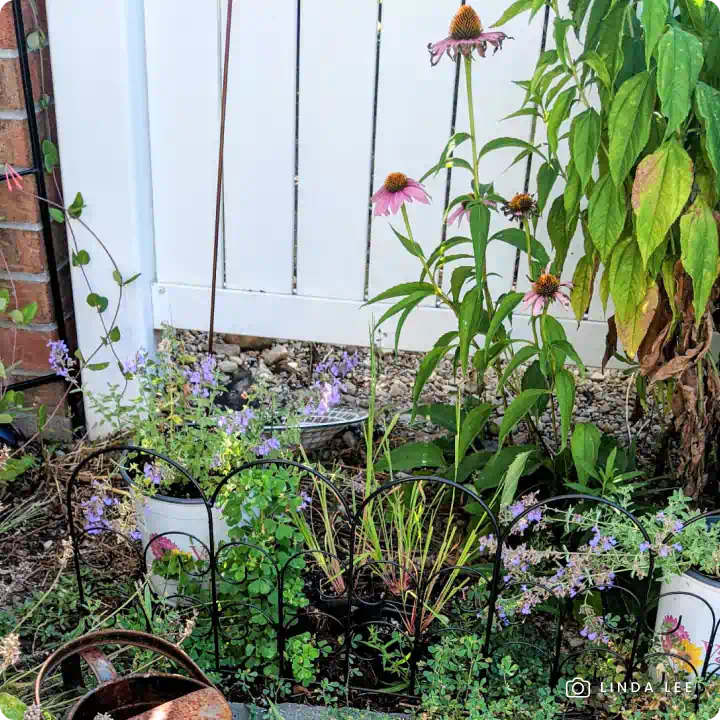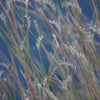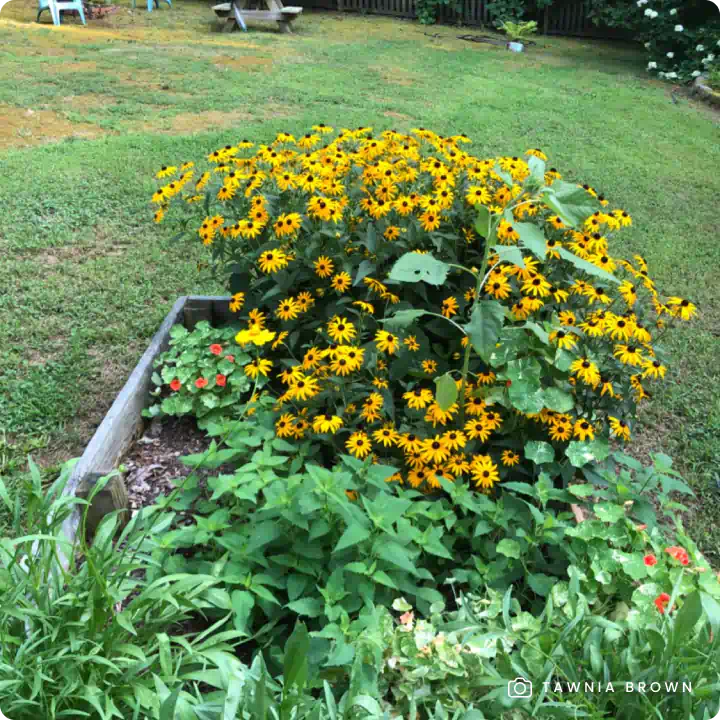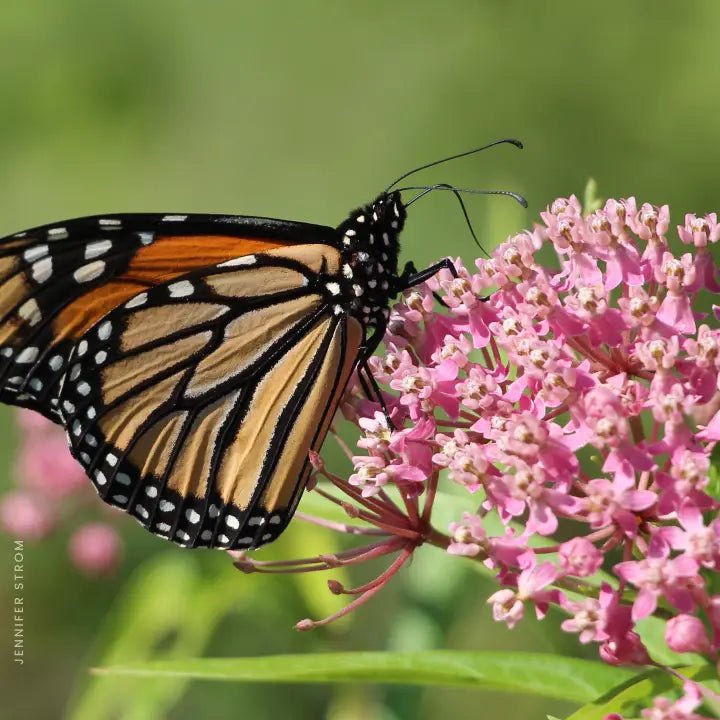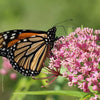Give wild bees, butterflies, and other pollinators a rich, nectar-filled habitat with the Wild Bee Bounty Collection—a carefully curated selection of drought-tolerant native perennials designed to support native bees throughout the growing season. With a mix of low-growing groundcovers, striking, daisy-like and vibrant yellow flowers, this collection brings beauty, resilience, and essential food sources to your landscape.
What’s Included?
- Small-Leaf Pussytoes (Antennaria parvifolia): This low-growing perennial sends up sparsely leaved flower stalks topped with clusters of small, white flower heads. It provides nectar for pollinators and supports ground-nesting bees, while also helping to stabilize soil in dry, rocky areas.
- Bee Balm (Monarda fistulosa): A vital nectar source, its unique tubular flowers bloom from mid-summer into early fall, specifically supporting long-tongued bees like bumblebees and mining bees.
- Blanketflower (Gaillardia aristata): A cheerful, long-blooming perennial with striking daisy-like flowers, typically featuring red-orange centers and yellow-tipped petals. It offers a continuous, rich nectar supply for a wide range of bees and butterflies throughout the summer.
Why Choose the Wild Bee Bounty Collection?
- Boosts Native Bee Population: Provides nectar, pollen, and nesting habitat for wild bees.
- Long-Lasting Blooms: Ensures a continuous food source from spring through fall.
- Drought-Tolerant & Resilient: Thrives in dry, sandy, and well-drained soils with minimal watering once established.
- Low-Growing & Versatile: Ideal for rock gardens, wildflower meadows, groundcover, and pollinator pathways.
- Deer Resistant: Naturally unappealing to deer, ensuring long-lasting blooms.
- Pollinator-Safe: Grown non-GMO and free of harmful neonicotinoids, promoting a healthy ecosystem for pollinators and wildlife.
Available in collections of nine, 18, or 27 plants to create a bee-friendly sanctuary in your garden.
Planting Tips:
- Location: Best for dry, well-drained soils (rocky or sandy). Perfect for groundcover and pollinator pathways. Plant in clusters to create a dense nectar source for bees.
- Watering: Water regularly during the first growing season to establish roots. Once established, these plants require less water.
- Maintenance: Minimal care required. There's no need to deadhead the flowers, as allowing them to go to seed provides a valuable food source for birds. Leaving the stems standing in the fall offers overwintering sites for beneficial insects. If desired, cut back the stems in late spring after pollinators have emerged.
For more information on planting, view our How to Plant Your Native Plants guide and other planting tips in the Garden for Wildlife Learning Center.
Plant the Wild Bee Bounty Collection and support native pollinators while adding long-lasting color, texture, and ecological value to your outdoor space!
